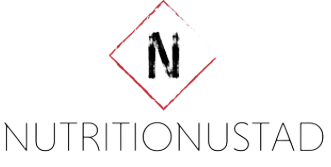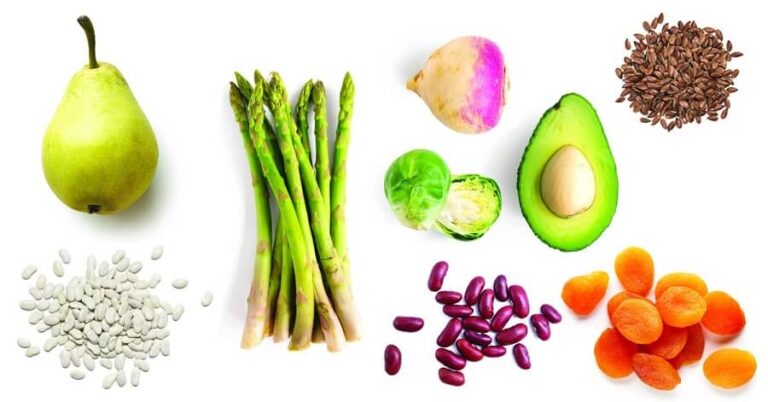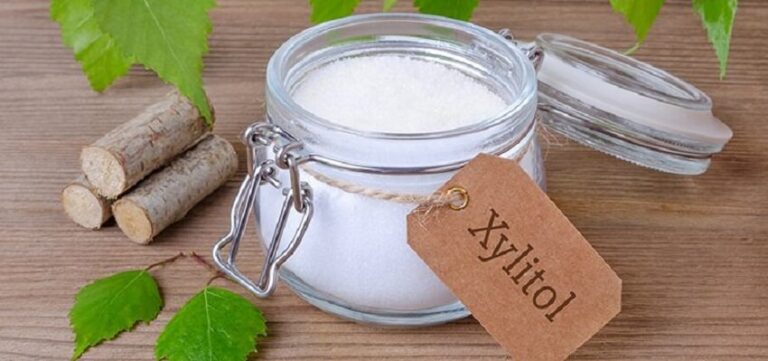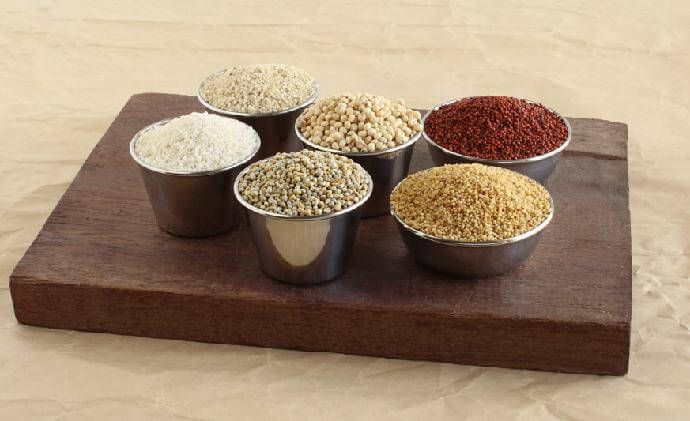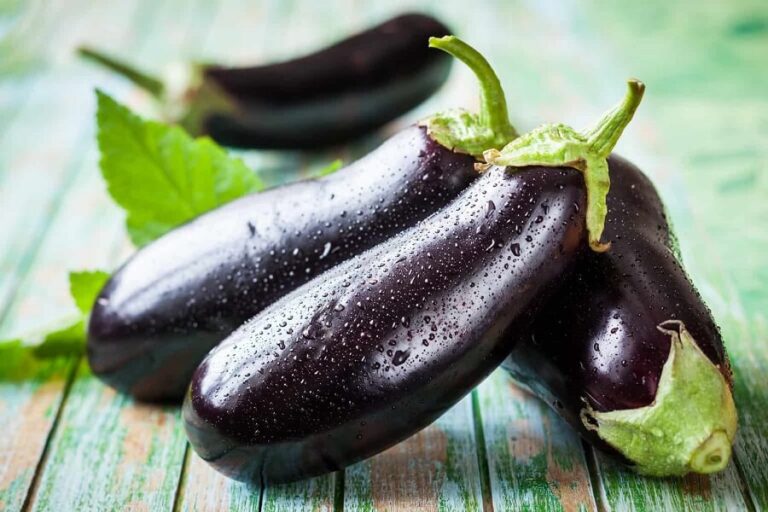While you may not be familiar with this whole grain yet, fonio is regarded as one of the hottest food trends of 2021.
Fonio is estimated to be one of the oldest existing African cereals, having been consumed for more than 5,000 years in West African countries such as Nigeria, Guinea, and Burkina Faso. (1)
What are the health benefits of fonio? It’s a relatively good source of plant-based protein, plus it’s a naturally gluten-free grain rich in nutrients like iron, calcium, zinc, B vitamins, phosphorus, magnesium, and more.
What is fonio?
The fonio is a small annual herbaceous plant that produces very small grains, which are tightly surrounded by a husk.
Fonio is a close relative of millet and rice. Although in terms of properties and benefits it is more similar to quinoa : it is rich in minerals, vegetable amino acids and does not contain gluten.
There are three main types of fonio grain: white, black, and purple. The white fonio is the best known type and generally the easiest to find. Other names for fonio are: acha, hungry millet, year, pini, mij, fundi, hungry koos.
Some varieties of fonio are extra early maturing and produce ripe grains in just 70 to 90 days, making fonio one of the fastest maturing cereals. (2)
Its rapid maturation makes the fonio traditionally cultivated to avoid the lack of food during the lean season; which is why it is also known as “hungry rice.” Furthermore, fonio is drought tolerant and adapted to nutrient-poor sandy soils.
Fonio is an orphan crop
Despite its rich nutrient profile, fonio is considered a neglected and underutilized crop species. Sometimes referred to as “orphan crops”, fonio belongs to those crops that are used poorly and are generally grown by small farms.
However, this current is changing. Today, fonio is listed as a priority crop for West Africa. Due to its nutritional and environmental properties, as well as its potential to diversify the diet, today fonio can be found in aisles and specialty food stores around the world.
Nutrients in fonio
Is fonio a whole grain? Yes, that is why it is a good source of fiber, vitamins, minerals and even vegetable proteins .
The Food and Agriculture Organization of the United Nations (FAO) suggests that fonio has the highest calcium content of all grains. (4) This can make it a good option for those who do not consume dairy, such as vegans or people with lactose intolerance.
Remember that calcium deficiency leads to an increased risk of osteoporosis , particularly in postmenopausal women. Fonio is naturally low in cholesterol, sodium, and fat, which is beneficial for the health of the cardiovascular system.
In addition, half a cup or 90 grams of dry fonio provide these nutrients:
- Calories: 340
- Protein: 4 grams
- Sugar: 0 grams
- Fat: 1 grams
- Carbohydrates: 72 grams
- Fibra: 8% del VDR
- Iron: 8% of the VDR
- Calcium: 4% of the RV
Fonio is a good source of B vitamins, including thiamine, riboflavin, and niacin, which are necessary for cell growth, development, and function, as well as energy production (7, 8, 9).
Fonio also provides minerals such as iron, copper, zinc, and magnesium. Iron and copper help form red blood cells, connective tissue, and blood cells, while zinc plays a role in immune function, protein synthesis, and cell growth and division. Magnesium helps numerous biochemical reactions and is necessary for us to move.
Health benefits of fonio
For its benefits, fonio is ideal to add to a variety of diets, especially those based on plants: vegan / vegetarian. It is especially rich in vegetable proteins, vitamins and minerals. Here are some benefits of fonio:
1. Good source of protein and amino acids
Research shows that fonio is higher in sulfur-containing amino acids , such as methionine and cystine, than cereals such as wheat, rice, corn, sorghum, barley, and rye. To give you an idea, fonio contains two to three times more protein and fiber than brown rice.
Sulfur-containing amino acids are particularly beneficial in supporting normal metabolism and growth, as well as healthy liver function. These and other amino acids can contribute to benefits including healthy muscle function, recovery from exercise, bone health, detoxification, and skin health.
2. High content of iron and essential nutrients
Another notable nutritional benefit of fonio is its supply of mineral nutrients: iron, zinc, and phosphorus. These are important for facilitating cognitive function, bone health, high energy levels, and many other functions.
Plus, it contains some calcium, magnesium, potassium, manganese, and folate. The high iron content of fonio, and also zinc, makes it particularly suitable for people who follow a vegan diet , as the diet can increase the risk of low iron intake and anemia.
Iron is necessary to support oxygen transport within the body, while zinc helps support the immune system , defends against oxidative stress, and promotes blood clotting. To absorb as much iron as possible from this grain, combine it with sources of vitamin C, such as berries, bell peppers, or green leafy vegetables.
3. It is good for diabetics
Fonio contains a good amount of carbohydrates and is not considered a low- carb cereal. However, these carbohydrates are of good quality and in just the right portions it is ideal for diabetics. In fact, in certain African countries, healthcare providers have recommended fonio for diabetics / people with insulin resistance because it can help maintain metabolic health.
Additionally, fonio contains resistant starch , a type of carbohydrate that resists digestion and absorption in the small intestine. Resistant starches have many health benefits and may play a role in increasing insulin sensitivity and lowering blood sugar levels.
4. Good source of B vitamins
Inside the fonio you’ll also find B vitamins, including thiamine, riboflavin, folate, and niacin, which help support the conversion of nutrients into usable energy. These vitamins ensure proper glucose metabolism and play a key role in healthy muscle, nerve, heart, and brain functions.
5. Low glycemic index
Because fonio is high in protein and has more fiber than refined grains, it is a low glycemic index (GI) grain. With that said, studies have found that it has a lower GI score than certain grains, such as brown rice, which means that it is a good option for people monitoring their blood sugar levels.
Whole white fonio is the type with the most fiber, which also contributes to its generally low calorie content.
6. Gluten free
Fonio is a good grain option for people on a gluten-free diet, such as those with celiac disease or gluten intolerance. Fonio is naturally gluten-free and not related to wheat, barley, or rye.
7. Gut health
Whole grains like fonio can help with weight management and gut health. Unlike refined grains in which the germ and bran are removed during processing, whole grains include all three parts of the grain: the bran, the endosperm, and the germ.
This means that they contain not only more nutrients but also help regulate the microbes that are good for our bodies. Consuming whole grains is also associated with a host of gut health benefits and lower risk of colorectal, pancreatic, and stomach cancer. (3)
Fonio vs quinoa
The Guardian recently noted that fonio could be the “grain that would defeat quinoa as king among foodies.” How do the two compare?
They have a similar amount of calories and are good sources of protein, B vitamins, iron, potassium, calcium, phosphorus, and other nutrients. They can be used in many ways and both are gluten free so feel free to switch one for the other.
One advantage fonio has over many other grains is that it is appreciated by local communities and enjoyed regionally in West Africa because it is “well adapted to hot, dry climates and poor soils, and can therefore grow in areas where many other grains they are not”. It also matures faster than most grains, and is ready to harvest six to eight weeks after planting.
How to use fonio
The fonio is extremely versatile. When cooked, it has an earthy flavor that easily absorbs the flavors of the food it is prepared from.
In West Africa, fonio is traditionally cooked as couscous, made into a porridge, and paired with local beverages. Like other grains, it can be ground into flour and used in baked goods, such as bread, cookies, and cakes.
Don’t be afraid to experiment with it in your kitchen. Substitute any grain for fonio, including rice, couscous, millet, sorghum, quinoa, and barley. Use it in porridge the same way you would use oatmeal. Add it to soups and stews and other hot foods.
How to make fonio:
Bring 1 cup (240 ml) of water to a boil.
Add salt to taste.
Add 1/4 cup (45 grams) of dried fonio, stir lightly, and cover.
Lower the heat and cook until all the liquid is absorbed.
Turn off the heat and spread the fonio with a fork.
If the dish is very liquid, cook it more.
ABSTRACT
Fonio is a whole grain that is a great source of plant-based amino acids. Plus, it can help moderate blood sugar levels and is naturally gluten-free. Including fonio in your dishes at least 3 times a week can help you reap a host of benefits for your body.
